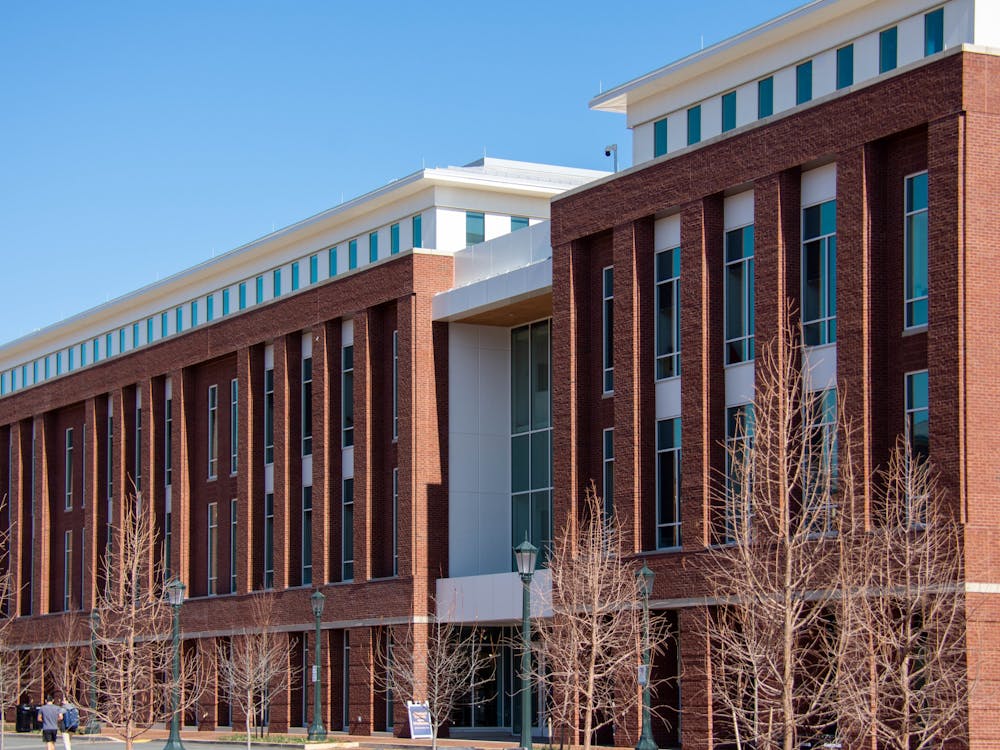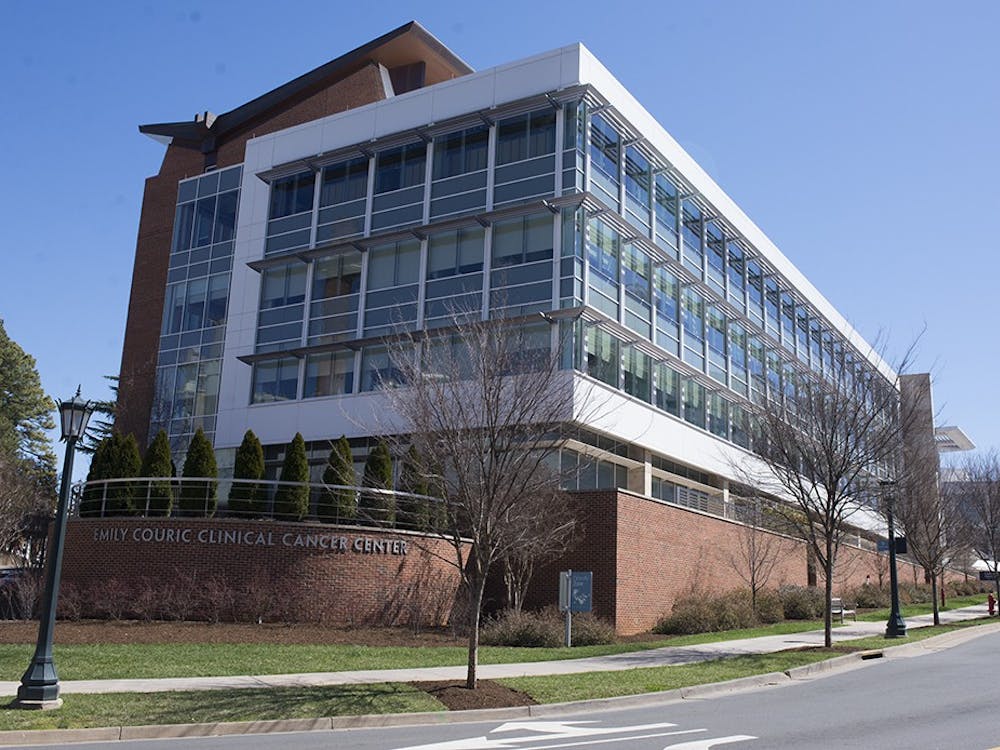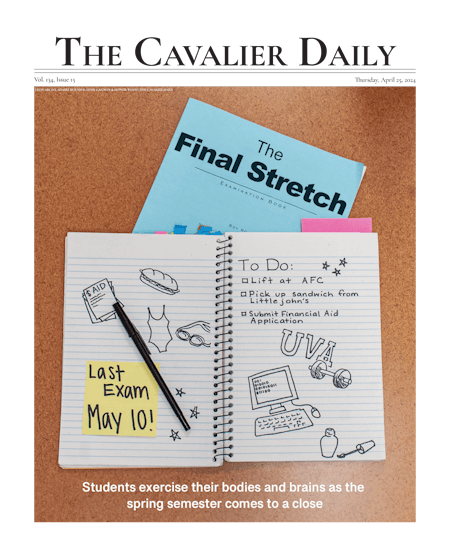A hypothetical situation: You have been diagnosed with a rare disease. You have told your family and friends, garnering support for the future. What should your next move be? Share it on Facebook.\nMany people now explore the resources of the Internet to find useful information pertaining to rare and atypical conditions. A recent National Public Radio article analyzed the roles of Facebook and Twitter in the lives of people with lymphangioleiomyomatosis (LAM). LAM is a disease which slowly replaces healthy lung tissue with smooth muscle cells, making it harder and harder to breathe. It is usually diagnosed in young women, and some rely on lung transplants just to stay alive.
These people, even though their condition can be debilitating, use Facebook as a means of a support group and a method of obtaining more information. Many diagnosed with LAM have connected through listservs and through email, and now have a Facebook group, which has gained 200 patients in just a few months.
Karla Reategui suffers from LAM, and her kidney was saved with the help of the "Lammies," members of a Facebook group for people with LAM. Carmen Iglesias, one of the Lammies, came to the aid of Reategui, who was in the hopsital with a collapsed lung. Doctors believed that a large tumor in Reategui's left kidney needed to be taken out, but Iglesias knew tumors in the kidney are common in LAM patients and are nearly always benign.
She wanted to be sure of what to tell Reategui, however, so she did what she always does when she has a question about LAM: she logged into Facebook and asked the group for help. "In a couple of hours, I had this huge, generous response from everybody saying, 'Stop the procedure. Don't let anyone mess with the kidney,'" she told NPR.
The members of the group gave advice about alternative treatments. One option was embolization, a method of shrinking the tumor so that it would be possible to spare the kidney. Iglesias translated the information into Spanish for Reategui's father, Marco Negrini, and helped him connect with a LAM specialist who could give the family a second opinion. Reategui's family was able to cancel the surgery minutes before it took place, saving her kidney.
Groups such as the Lammies also provide support to others with the disease. "[The members of LAM group] say things to each other [they] can't say to others," said a respondent to a Pew Internet Project survey about rare diseases and the use of the Internet.
The web also makes certain research possible. Researchers rarely find enough people with a rare disease to study it, but this is changing because of online connections. "The Internet actually facilitates research," LAM Foundation founder Sue Byrnes said, adding the foundation has an online registry with 1,200 listings. "Scientists don't have the time to do these sorts of things, so we do it for them."
A course offered next year will give University students the chance to explore first-hand the role of the Internet in health issues. Students in the University Seminar, "Health on the Internet," will identify a health care issue in the community and then "use emerging social media tools to disseminate health information such as wikis, blogs, tweets, and podcasts to the population in the community interested in the project," according to the course description.
As patients, researchers, students and health care providers increasingly turn to the Internet, virtual connections are becoming an integral part of modern medicine.




